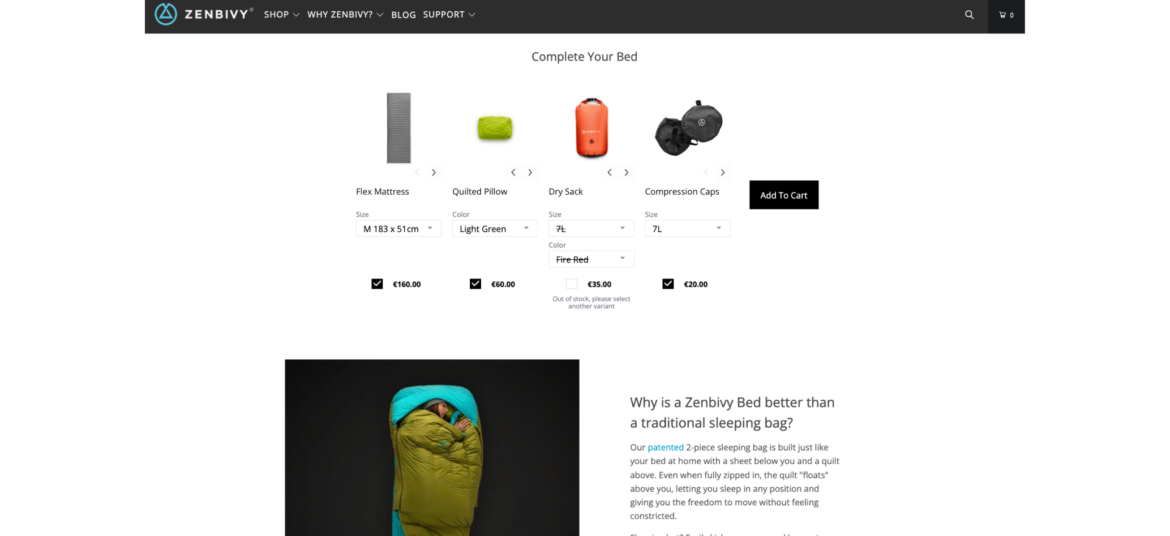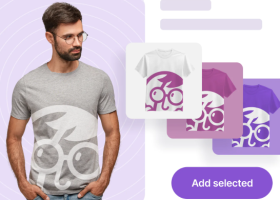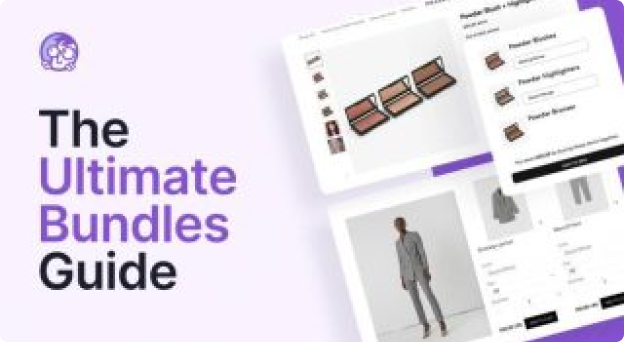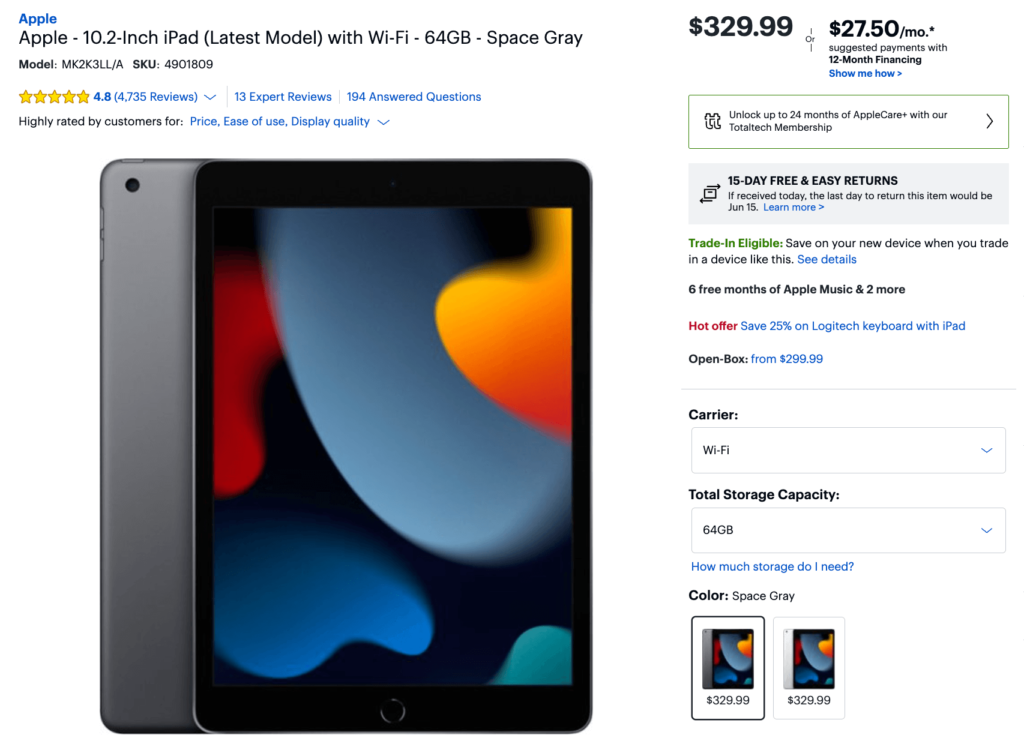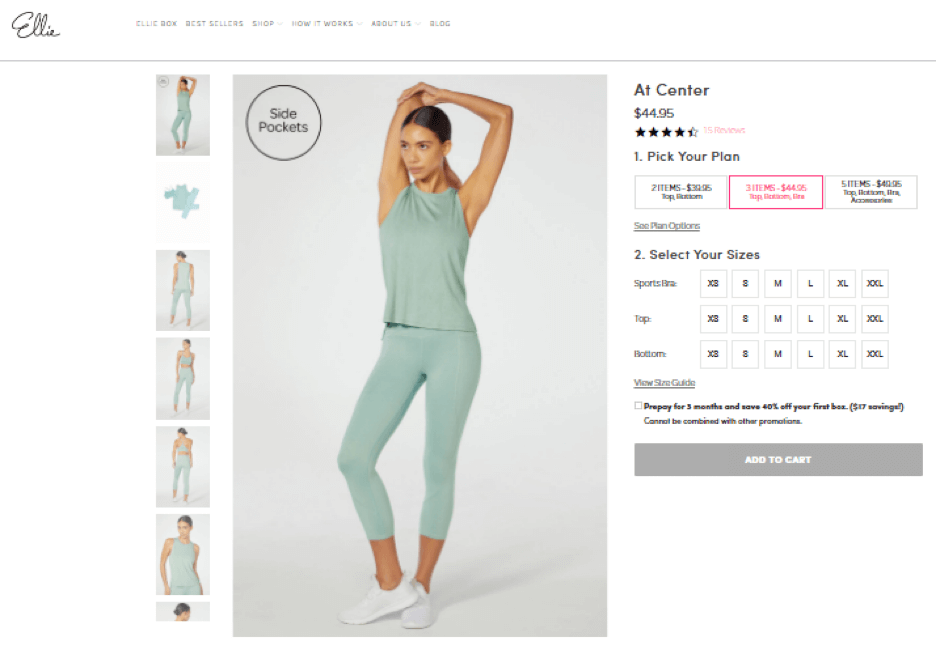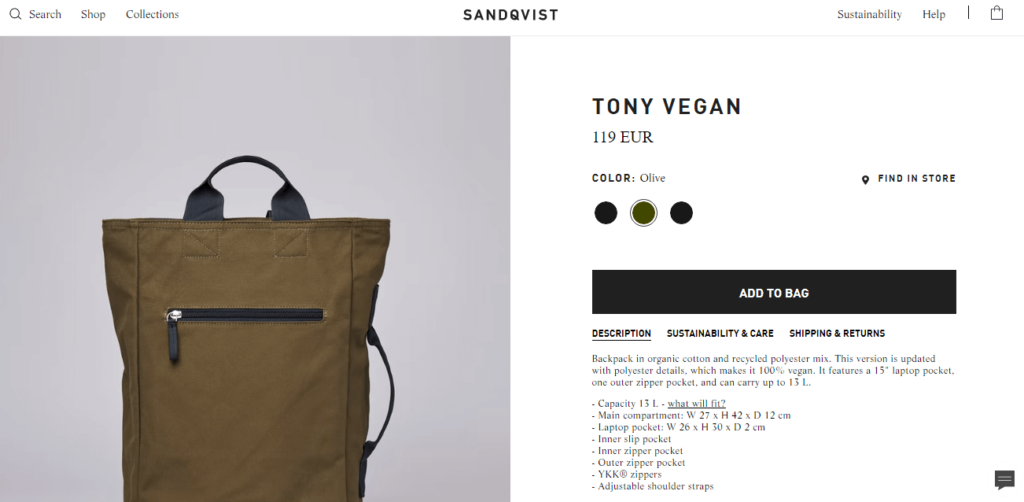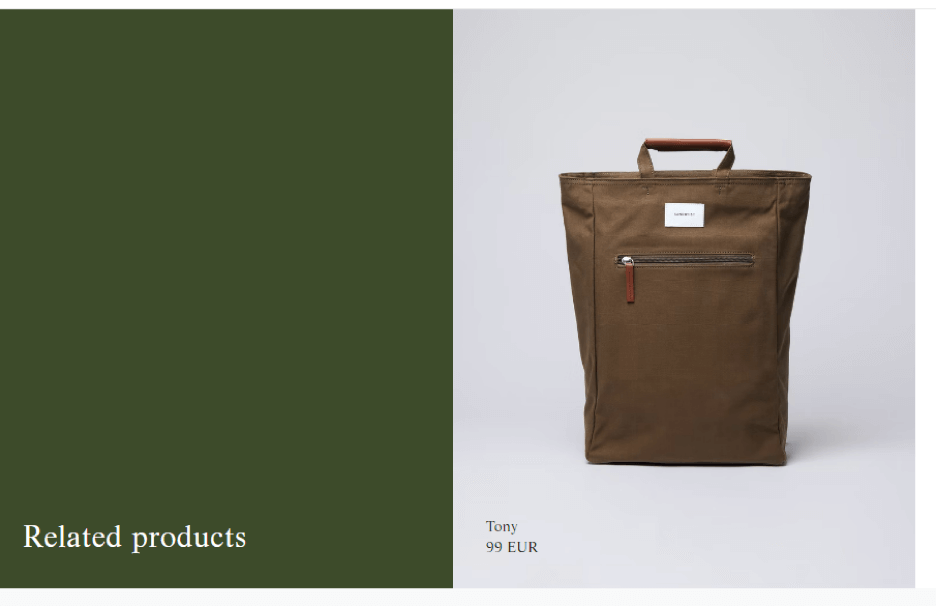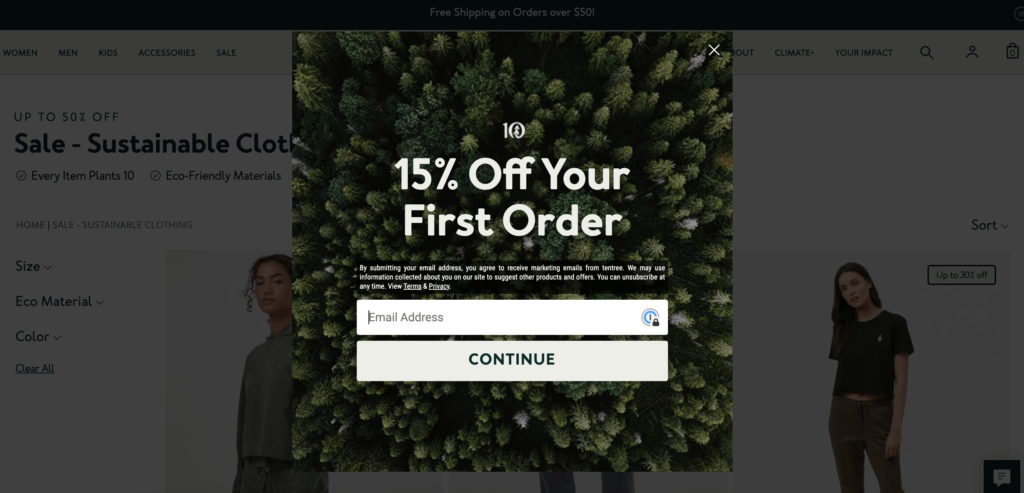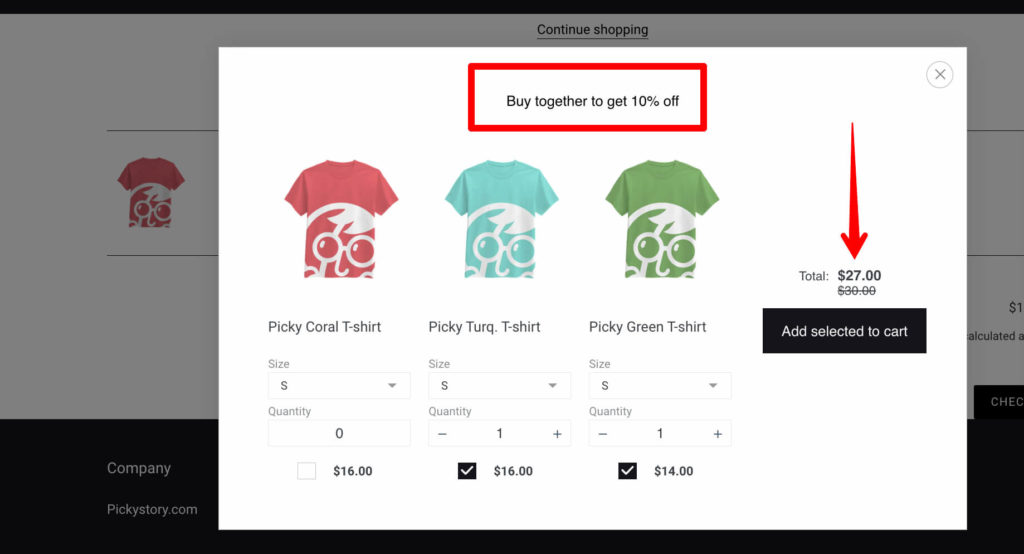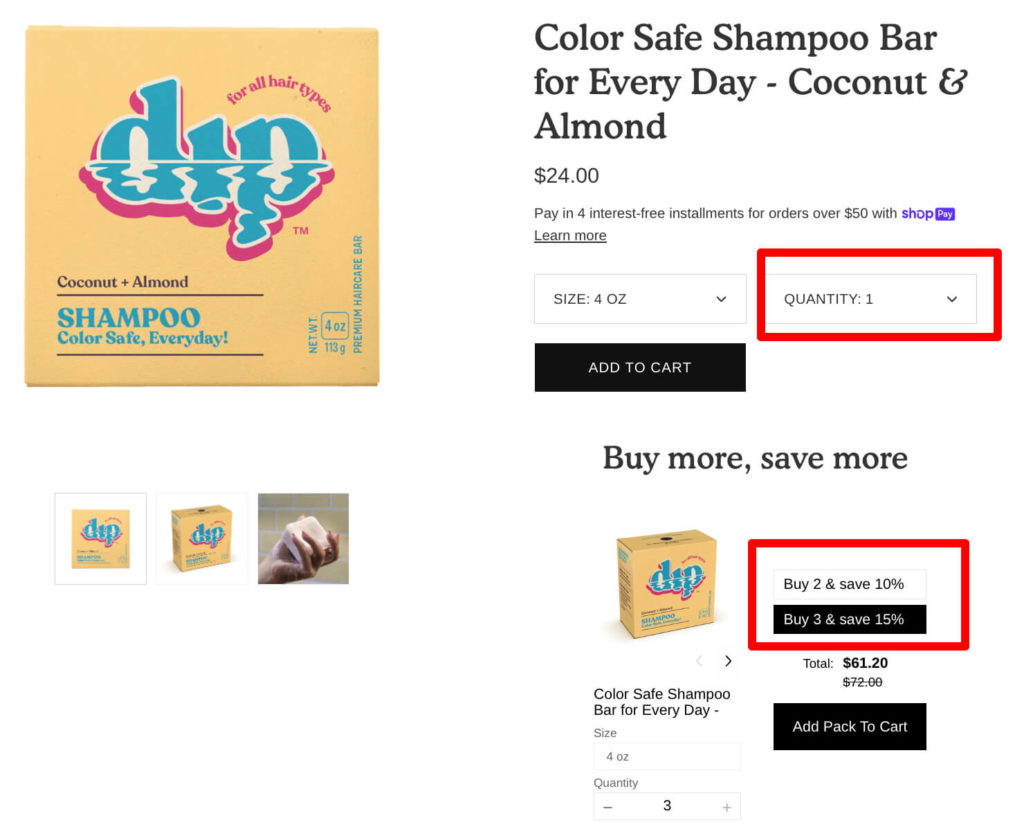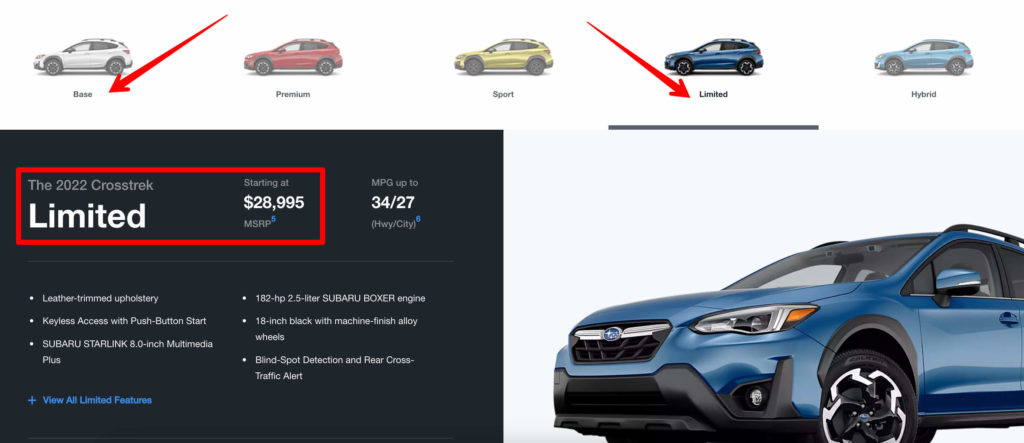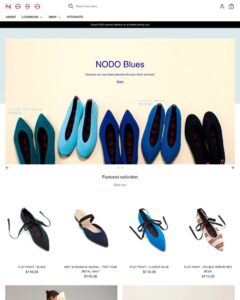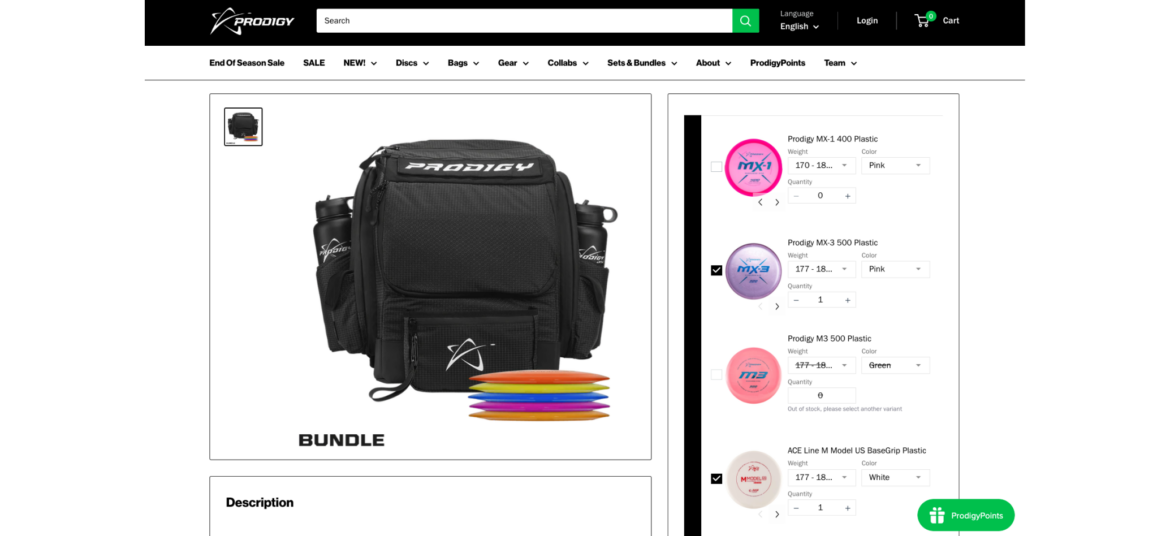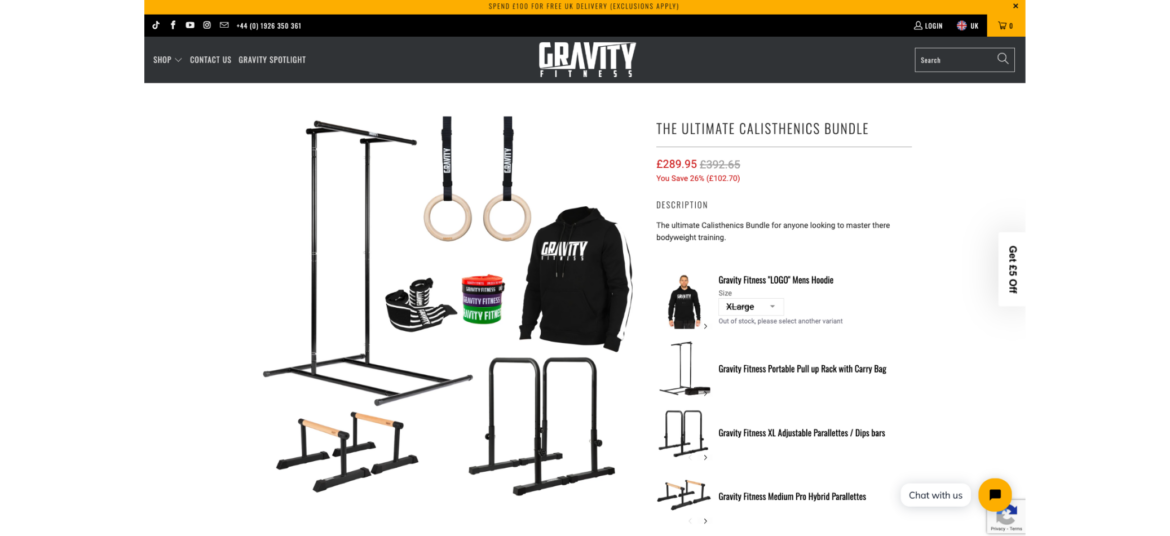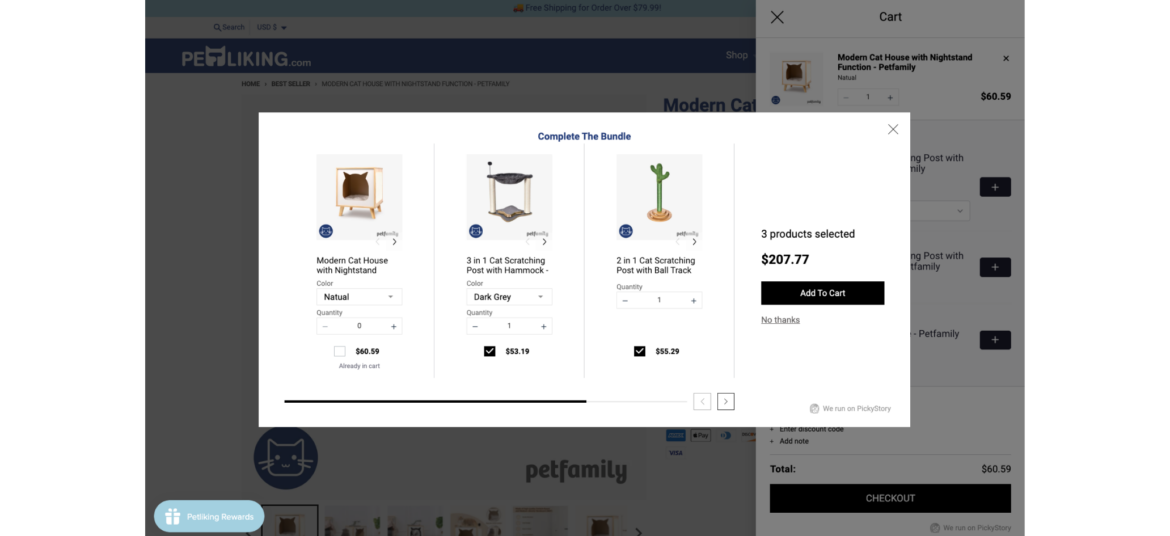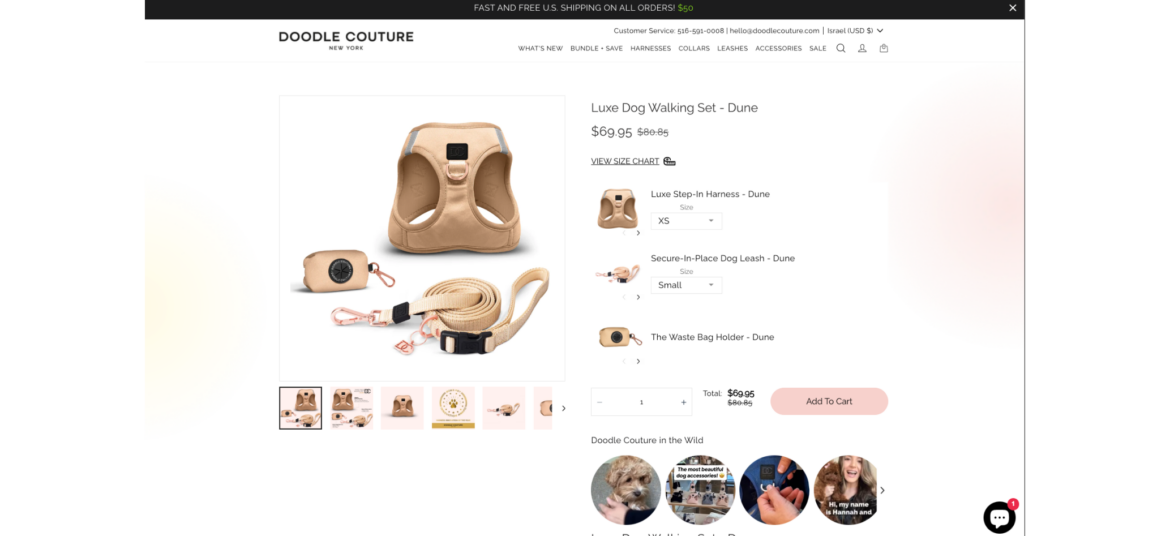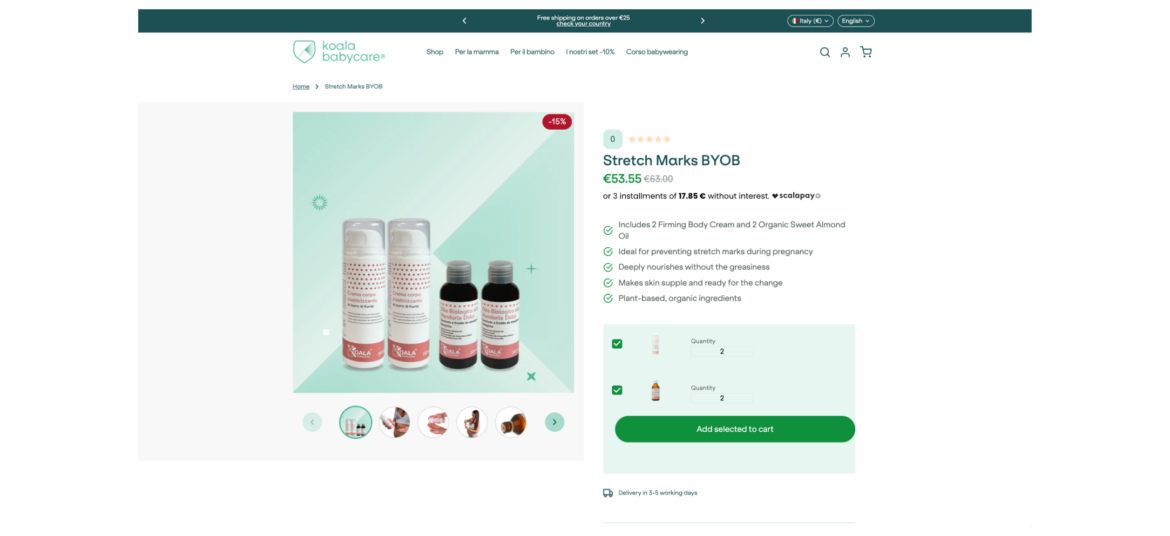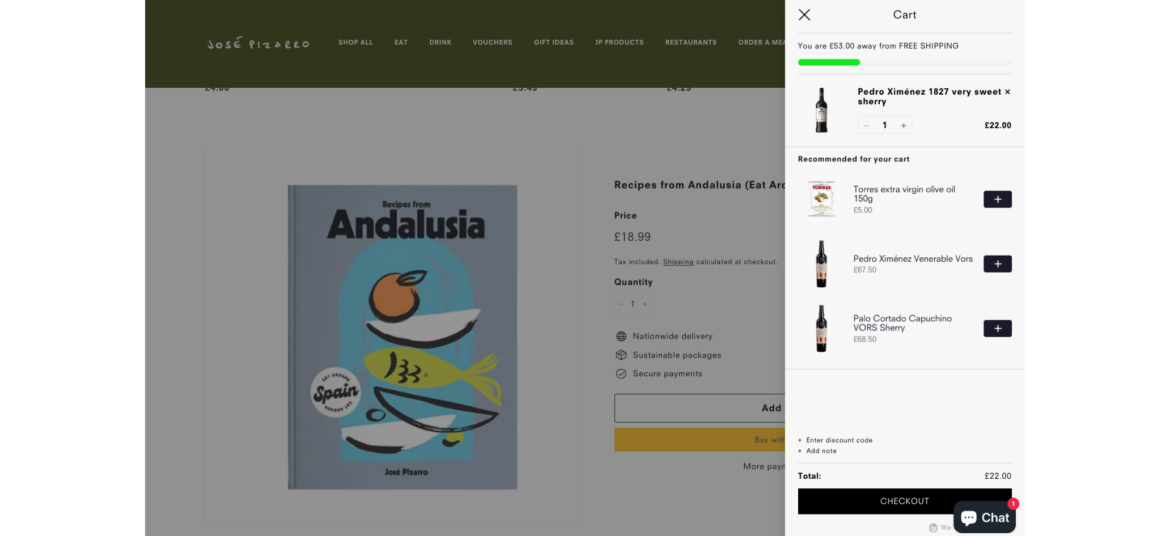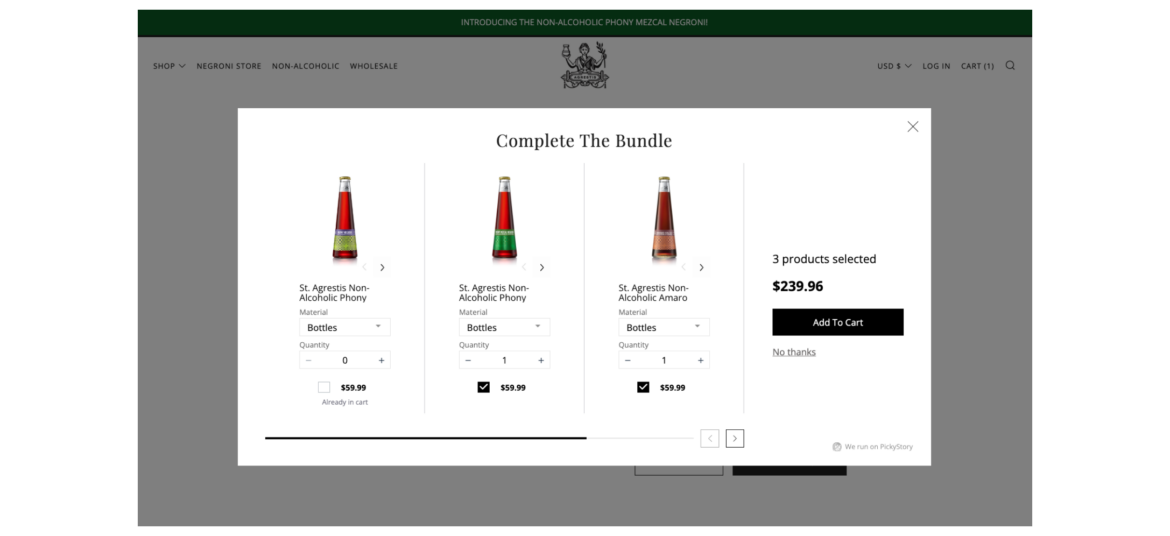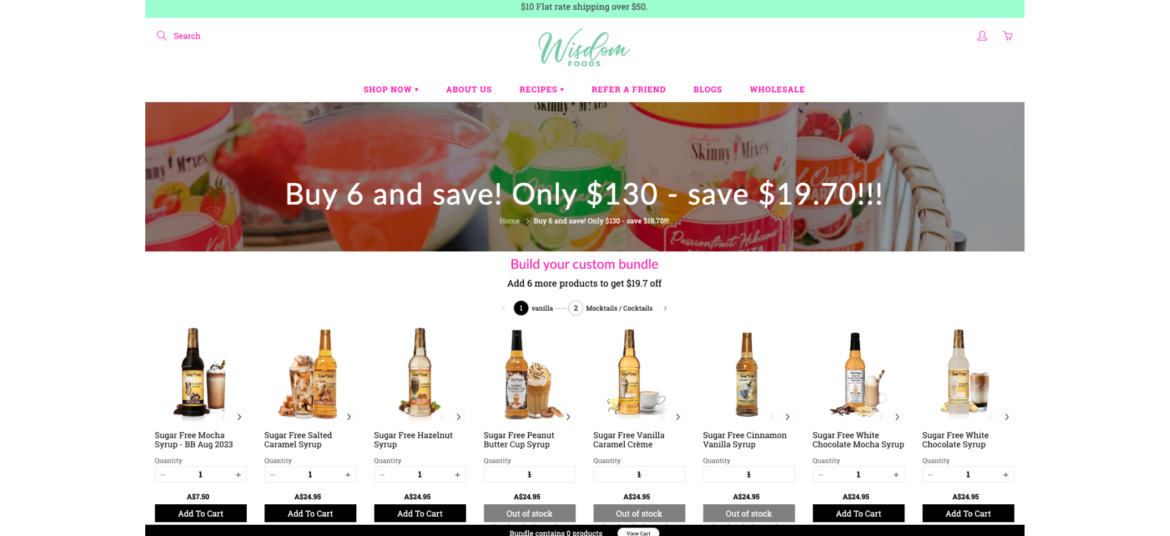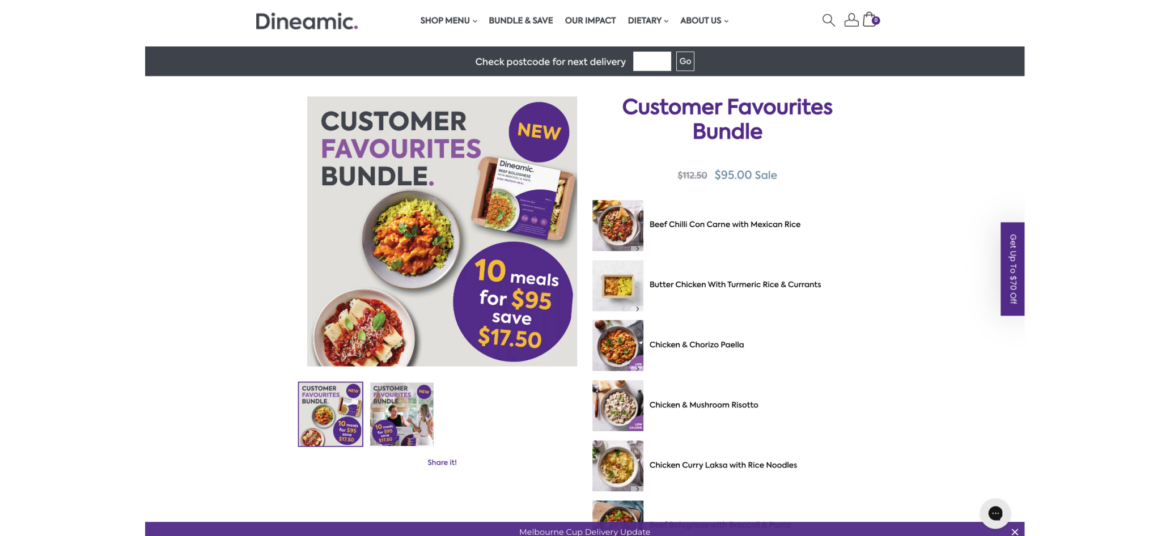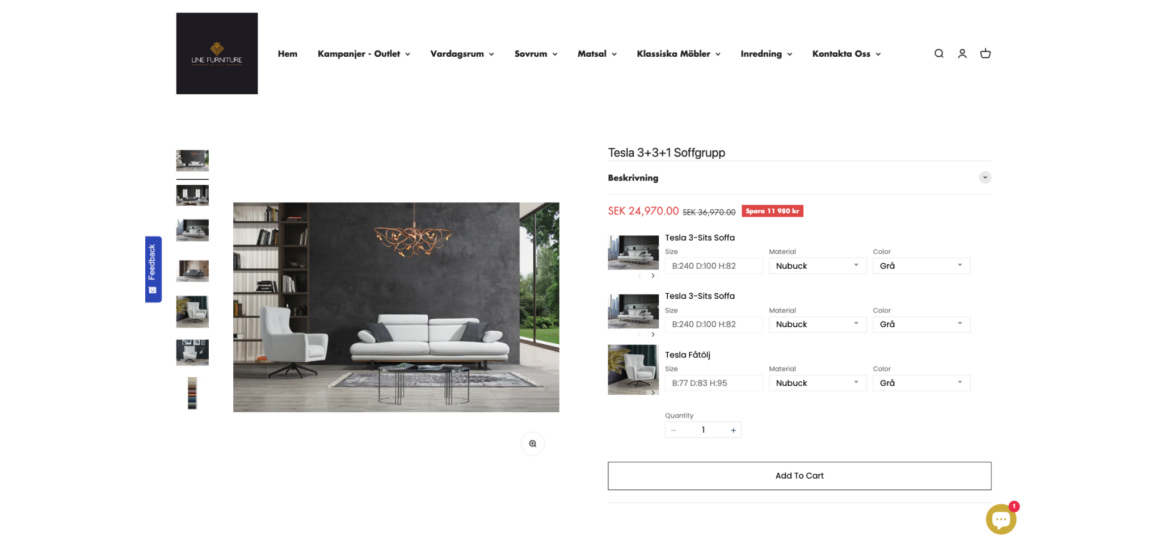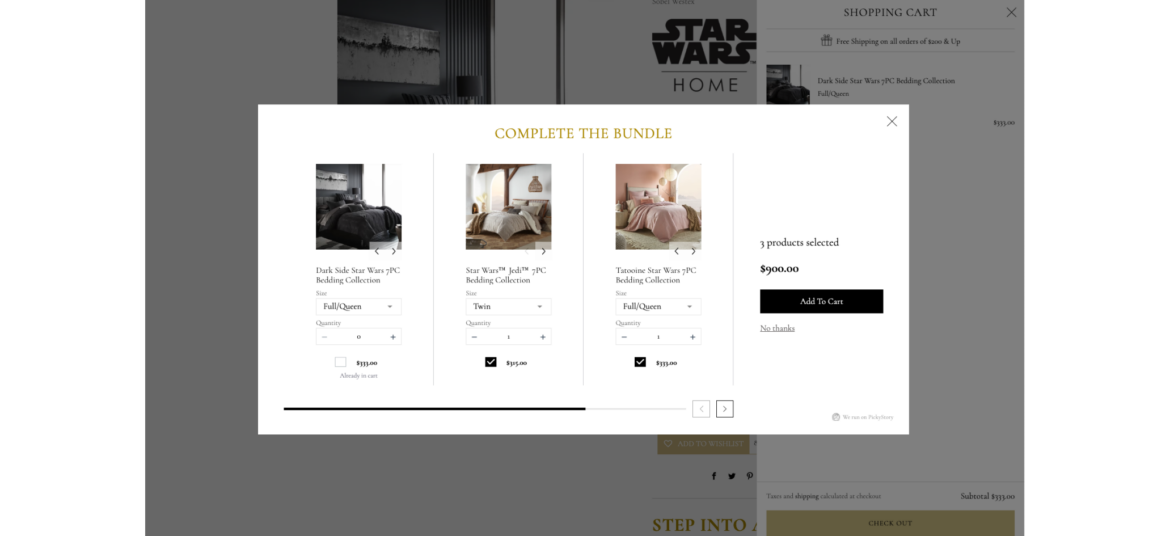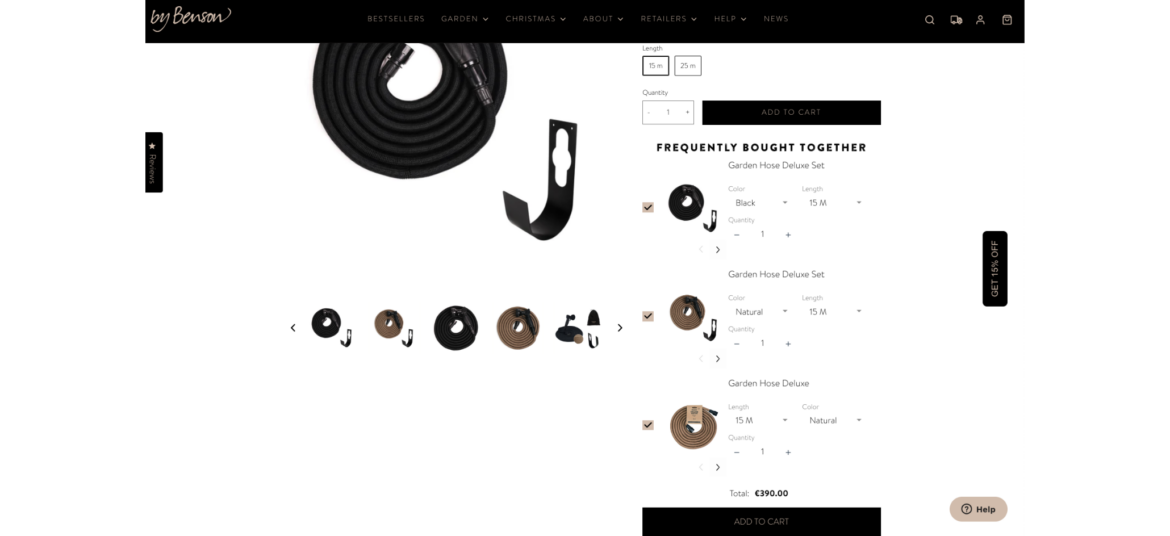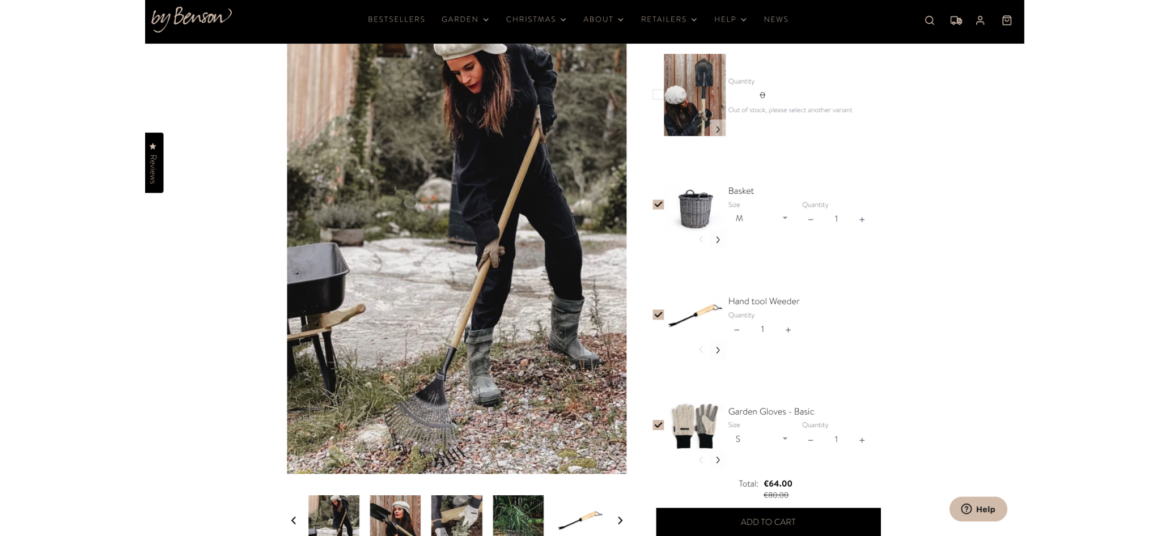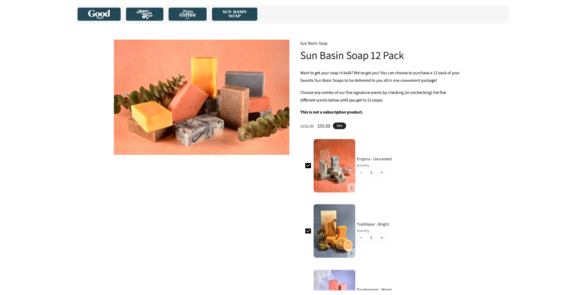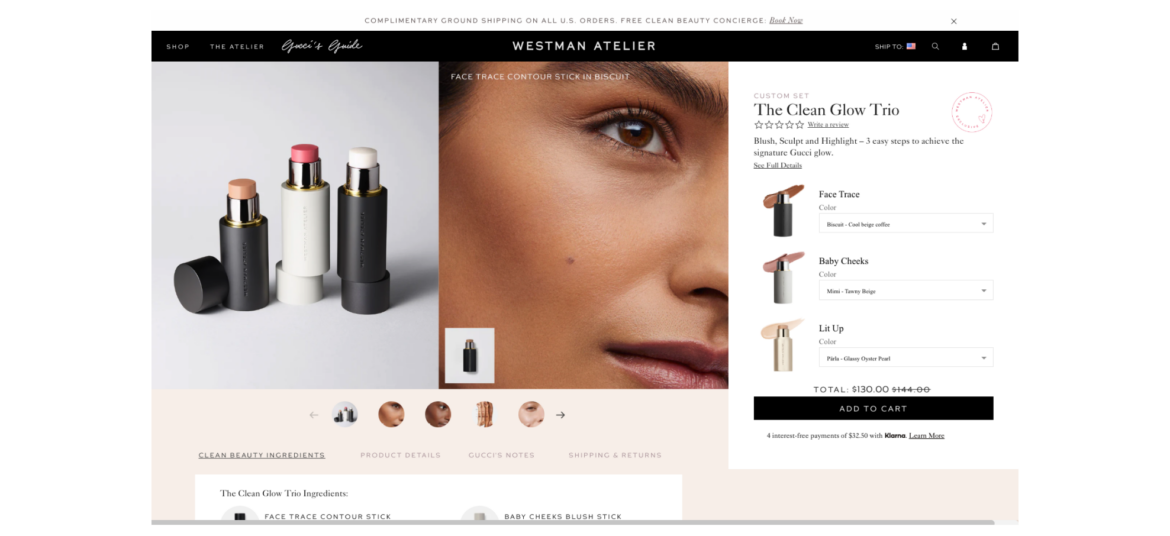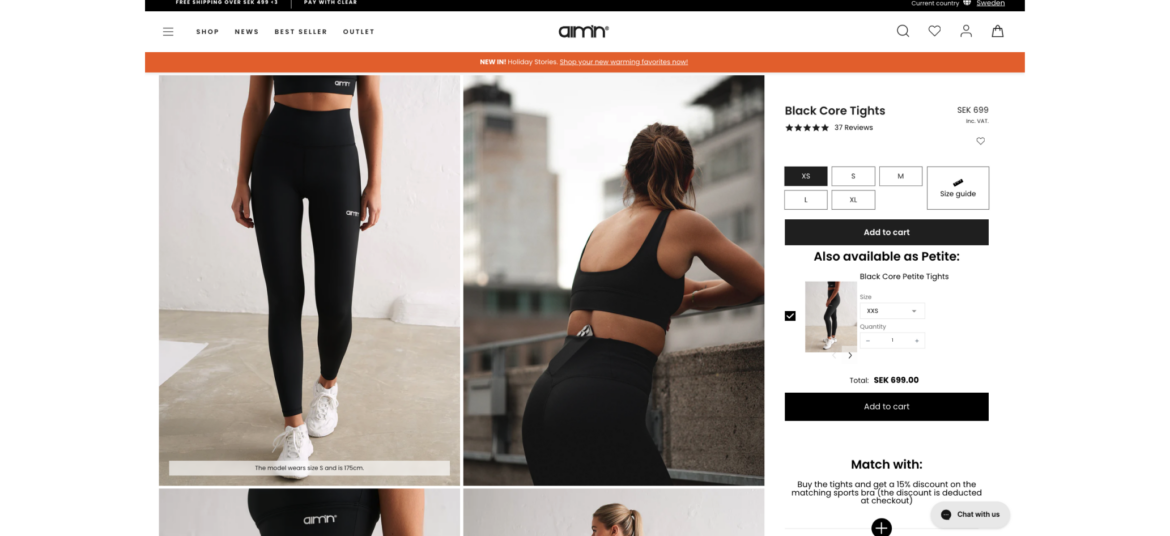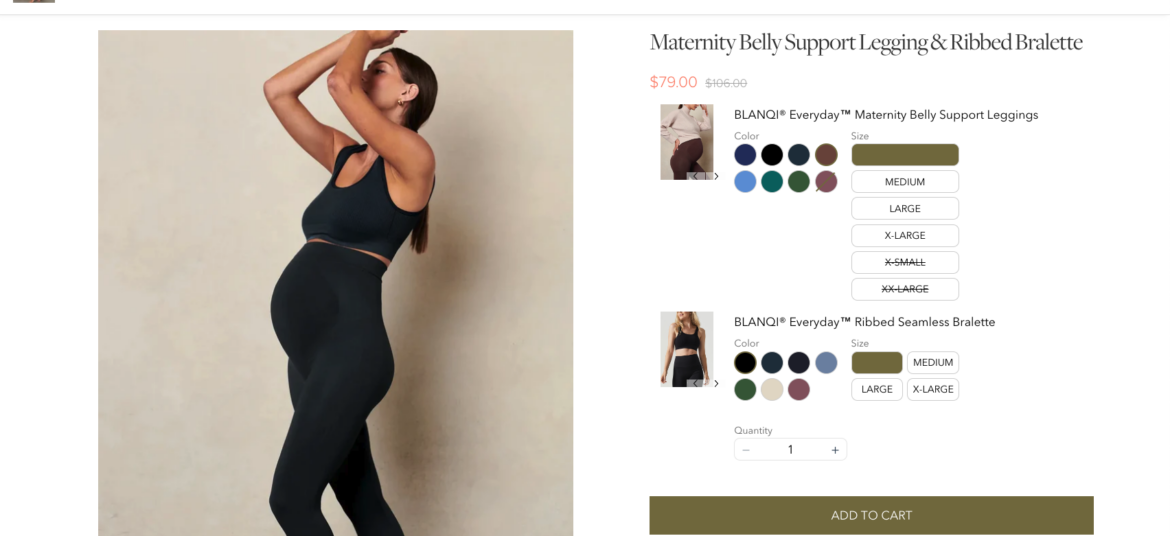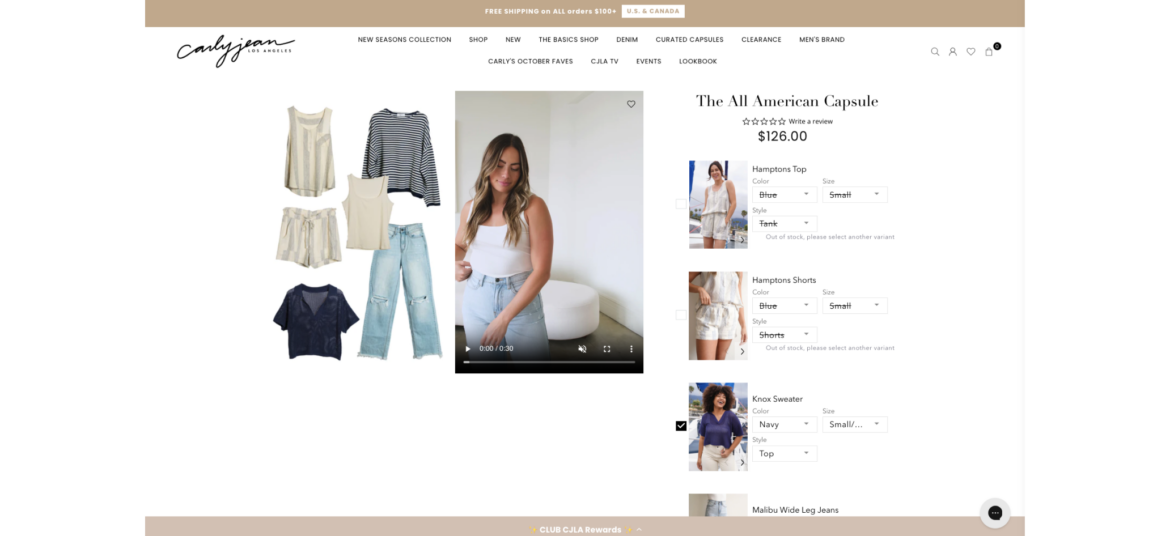If upselling involves getting customers to spend more by purchasing more expensive items, downselling is essentially the opposite approach. In downselling, you offer customers more cost-effective alternatives.
Wait a minute, can we encourage customers to spend less?
Here’s the lowdown:
Often, customers want to make a purchase, but they can’t afford the item they want. Customers are, therefore, willing to walk away because they can’t afford or are unsure about the item they want. In short, your store loses a customer.
Enter downselling.
Downselling consists of offering a lower-tier alternative to close a sale. In other words, you give customers a lower-priced or lower-tiered option in hopes of making the sale.
Let’s consider this situation:
A customer wants to purchase a specific watch. The price tag is $1,000. The customer realizes they can’t afford this watch. Instead of letting them walk away empty-handed, you offer them a number of other less expensive alternatives. You show them similar-looking watches for half the price. In the end, the customer makes a purchase.
What’s the moral?
Even though the customer did not purchase the item they first had in mind, they nonetheless purchased because you provided a viable alternative.
Ultimately, downselling should be a part of your sales arsenal. While upselling and cross-selling are the talk of the town, you must not disregard downselling. This strategy can provide you with a great alternative. In short, downselling enables you to cover all of your bases. You can upsell, cross-sell, and downsell customers.
It’s a win-win all around!


